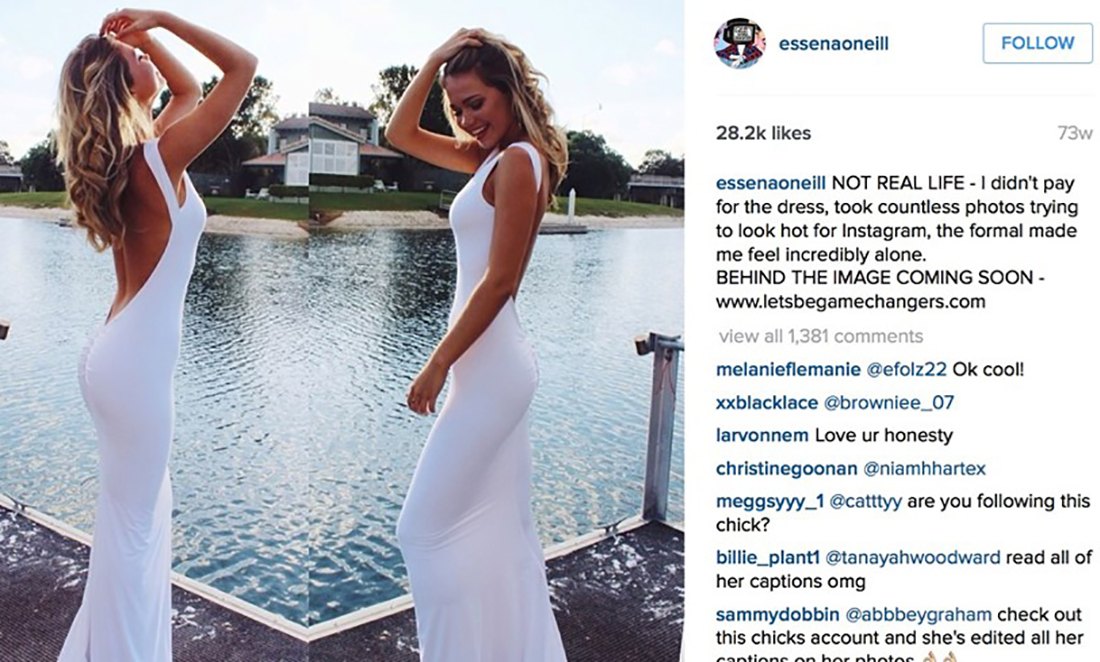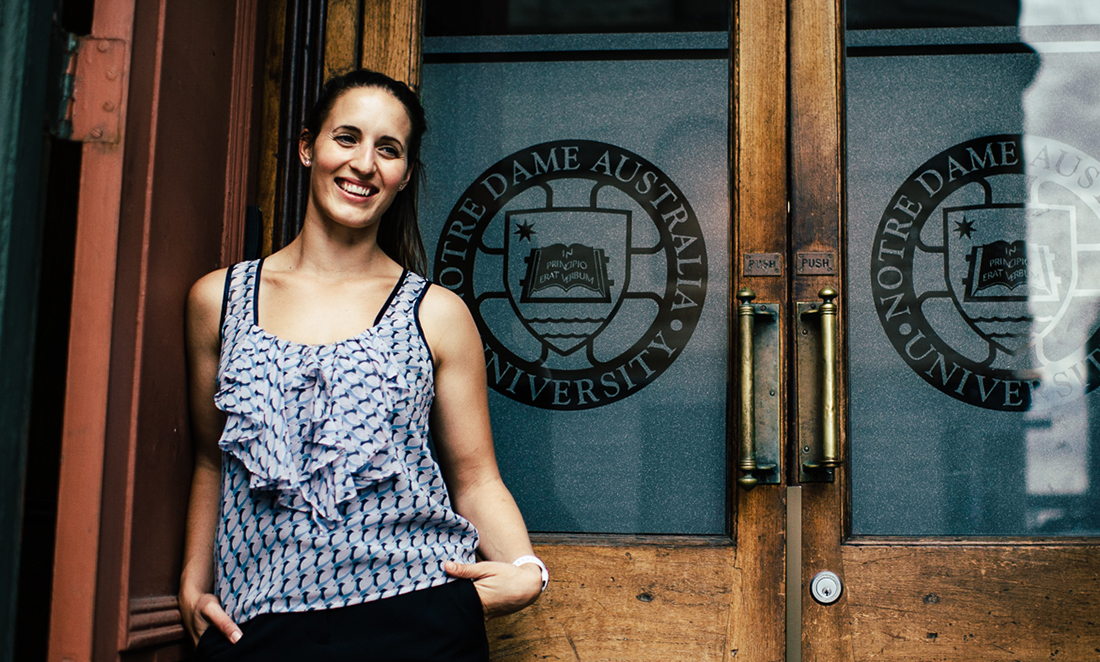Working as an educator, Carmen Papaluca observed a worrying trend with her students.
“I was noticing how big of an impact social media was having on my students … across their whole lives,” she told me.
In particular, social media was having a significant negative impact on her students’ mental health.
For anyone who is a regular user of social media (which is most of us these days), this won’t come as a surprise. With everyone sharing their ‘highlight reels’, Carmen observed, young women find it particularly hard to see their own lives or even their own bodies as good enough.
And this included Carmen herself. She was alarmed that “even me, as an educated person” would be susceptible.
Carmen also worked alongside counsellors in the student services department to provide support. “I literally had a line out the door of students who were having issues with social media.”

Doctor of social media
Wanting to understand more about the issue and what could be done, Carmen began a PhD at the University of Notre Dame. The focus of her research is Instagram use among young women aged 18 to 25.
One of the key findings of her work so far is that younger female Instagram users in her study (late teens and early 20s) found that images on the app made them feel most badly about their bodies.
However, women who were slightly older (mid-20s) felt the inadequacy around their work and lifestyle. In comparison to the images of the apparently fabulous social lives and careers of others on Instagram, they felt that their own lives “lacked meaning”.

Technology or culture?
Often, the blame of the perceived problems with new technologies gets put entirely on those new technologies. But if we want to find a real solution to these problems, we need to dig a bit deeper.
“There has always been a medium transmitting these pressures,” Carmen told me. “The thing that is scary about social media is that it’s accessible all day, every day, and from anywhere for as long as you like.”
In other words, it’s not just Instagram that is the problem. It’s the social pressures put on young women that have been part of our culture for many years that are now becoming amplified by social media. It’s not just beauty magazines, now it’s all your friends.
And, Carmen added, “Things like popularity used to be abstract … [thanks to social media,] now there’s a tangible measurement.” How many friends do you have? How many likes did your most recent photo get?

Towards a solution
“Often, parents and educators will take the stance that the solution is to simply not use it,” Carmen told me. This is like telling someone not to use the phone. And, she added, “If it’s not Instagram, it will be something else.”
The real solution, Carmen argues, lies in building resilience and self-esteem. “At least if they are feeling good about themselves, they won’t compare so much and take it so personally.”
The other piece lies in gratitude. Often, we forget how good our lives actually are. As Carmen’s research suggests, social media certainly doesn’t help this either.
Happily, the science does seem to indicate that gratitude is actually a key factor in happiness.
So here’s a new year’s resolution for you: start a gratitude jar (for yourself or with a young person in your life). It might make you feel a whole lot better the next time you open Facebook or Instagram.









